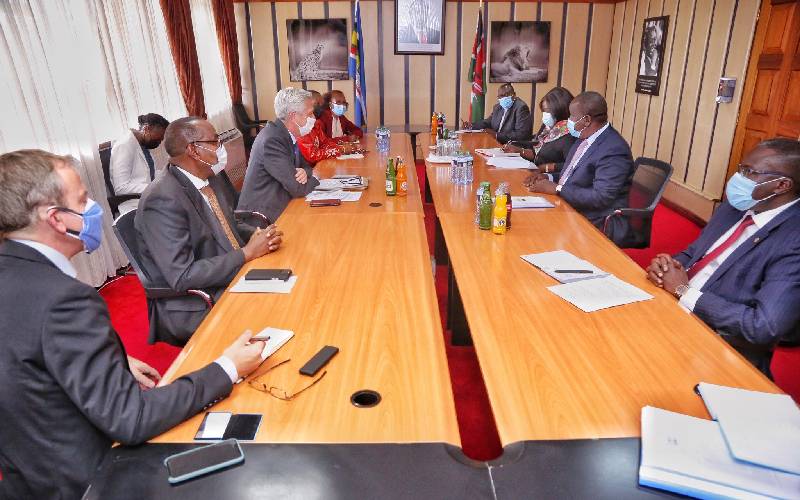×
The Standard e-Paper
Stay Informed, Even Offline

UNHCR officials led by Filippo Grandi when they met Interior CS Fred Matiang’I in Nairobi on April 29, 2021. [Photo, Couretsy]
Kenya will continue with its plan to close the Kakuma and Dadaab refugee camps by June 30 next year.